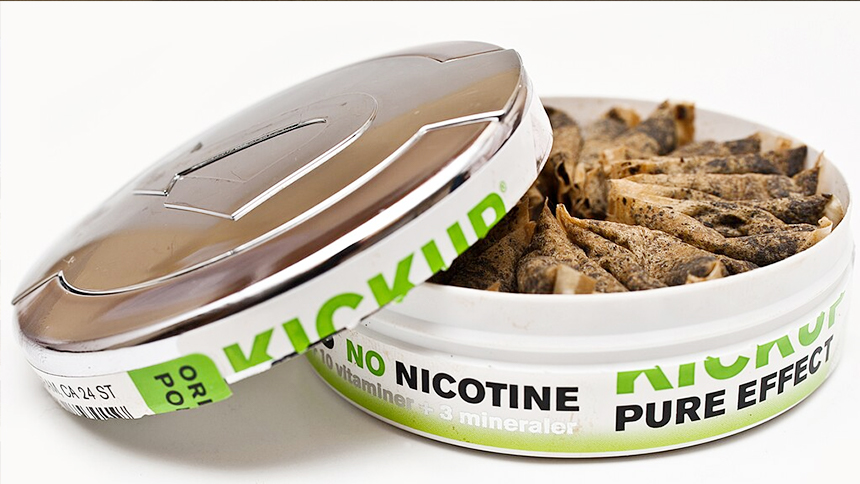
Nicotine is a potent stimulant found in tobacco products and nicotine replacement therapies such as patches, gum, and pouches. Understanding how nicotine is absorbed and metabolized by the body is crucial for individuals looking to quit smoking or reduce nicotine intake. This article delves into the absorption process, the duration nicotine stays in the system, and the factors that influence its presence in different organs.
How Nicotine is Absorbed
When nicotine is consumed, it is rapidly absorbed into the bloodstream. The method of consumption significantly impacts the absorption rate:
- Smoking: When tobacco is smoked, nicotine is inhaled into the lungs and quickly passes into the bloodstream, reaching the brain within seconds.
- Oral Consumption: Products like nicotine gum or pouches are absorbed through the mucous membranes in the mouth, leading to a slower, more sustained release into the bloodstream compared to smoking.
- Transdermal Patches: Nicotine patches release nicotine through the skin, providing a steady dose over several hours.
Absorption from Nicotine Pouches
Nicotine pouches are a popular smokeless alternative to traditional tobacco products. They contain a predetermined amount of nicotine, which is absorbed through the oral mucosa. The bioavailability of nicotine from pouches is generally lower than smoking, with studies indicating that about 20-30% of the nicotine content is absorbed into the bloodstream.
Duration of Nicotine in the Body
The time nicotine stays in the system varies based on several factors, including gender, age, race, and the method of consumption.
- General Population:
- Half-Life: Nicotine has a half-life of approximately 2 hours, meaning it takes about this time for half of the nicotine to be metabolized or eliminated from the body.
- Complete Elimination: It generally takes 1 to 3 days for nicotine to be eliminated from the bloodstream. However, its metabolite, cotinine, can be detected for up to 10 days.
- Gender:
- Men and women metabolize nicotine at different rates. Studies suggest that women may metabolize nicotine faster than men due to hormonal differences, particularly estrogen levels.
- Age:
- Younger individuals tend to metabolize nicotine faster than older adults. This is partly due to the decreased metabolic rate and liver function that come with aging.
- Race:
- Research shows that genetic variations among different races can influence nicotine metabolism. For instance, individuals of African descent often have higher levels of nicotine and cotinine in their blood compared to Caucasians, suggesting slower metabolism.
Nicotine in Various Organs
Nicotine is distributed throughout the body and can be found in several organs, where it remains for varying durations:
- Brain:
- Nicotine reaches the brain within seconds of inhalation, binding to nicotinic acetylcholine receptors and causing the release of neurotransmitters such as dopamine. The presence of nicotine in the brain peaks quickly but starts to decline within 2 hours as it is redistributed to other tissues and metabolized.
- Liver:
- The liver is the primary site for nicotine metabolism. Nicotine is converted into cotinine and other metabolites here. While nicotine itself may clear from the liver within a few hours, cotinine can remain detectable for up to 10 days.
- Lungs:
- In smokers, the lungs are a significant site of nicotine absorption and initial metabolism. Nicotine can remain in lung tissue for a few hours post-inhalation. In chronic smokers, some nicotine and its metabolites may persist in lung tissues longer due to repeated exposure.
- Kidneys:
- Nicotine and its metabolites are ultimately excreted through the kidneys in urine. Nicotine can be detected in the kidneys for a couple of days post-exposure, while cotinine may be present for up to 10 days.
- Blood:
- Nicotine levels in the blood peak within 10-20 minutes of intake and decrease rapidly, with most nicotine being cleared within 1-3 days. Cotinine, however, remains in the blood for a longer duration, usually up to 10 days.
- Saliva:
- Nicotine can be detected in saliva within minutes of use and can remain detectable for up to 4 days. Cotinine can be present in saliva for up to 7-10 days.
- Hair:
- Nicotine can be deposited in hair follicles, where it can remain detectable for much longer periods, often up to 3 months or more, providing a longer-term indicator of nicotine exposure.
Conclusion
The duration nicotine stays in the body is influenced by multiple factors, including the method of consumption, individual metabolic rates, and genetic factors. While nicotine itself is eliminated relatively quickly, its metabolites can linger in the system for several days. Understanding these dynamics can help individuals make informed decisions about nicotine use and cessation strategies.
For more information, please follow nicotinepouchbrands.


